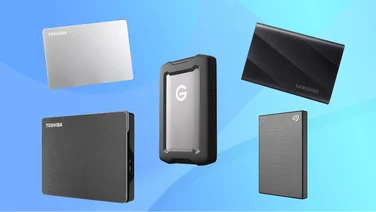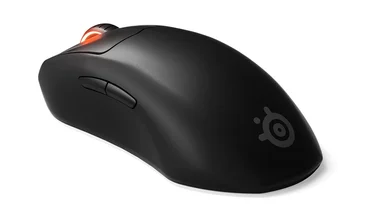To help us provide you with free impartial advice, we may earn a commission if you buy through links on our site. Learn more
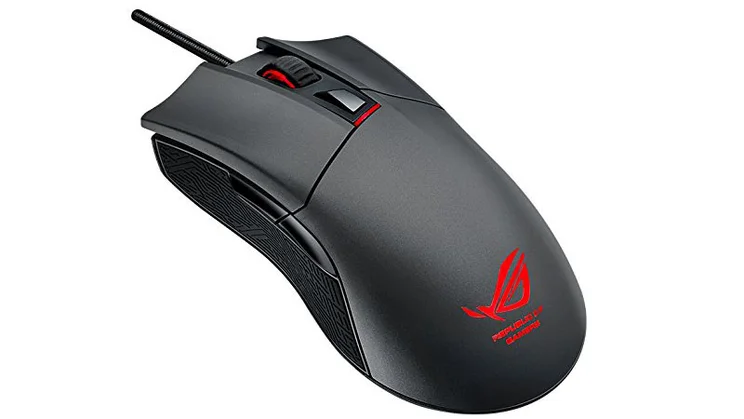
- Sharp sensor
- Replaceable switches
- Attractive
- Slightly awkward thumb rest
- Lacks higher-end features
Although the Asus Tuf range is all about durability, it’s the ROG family that contains Asus’s most premium peripherals. That includes the ROG Gladius, a right-handed wired mouse that – among other things – lets you open it up and replace its key parts.
Initially the ROG Gladius doesn’t look too out-there, especially as a gaming mouse. It has a relatively high profile, which helps accommodate a range of grip styles, with slightly flared and grooved main buttons for comfortable finger resting. A pair of side buttons sit above the rubberised thumb grip, which is covered in Mayan-inspired patterning; this looks good, and adds texture to what could have otherwise been a plain black pad.
Asus ROG Gladius review: Design
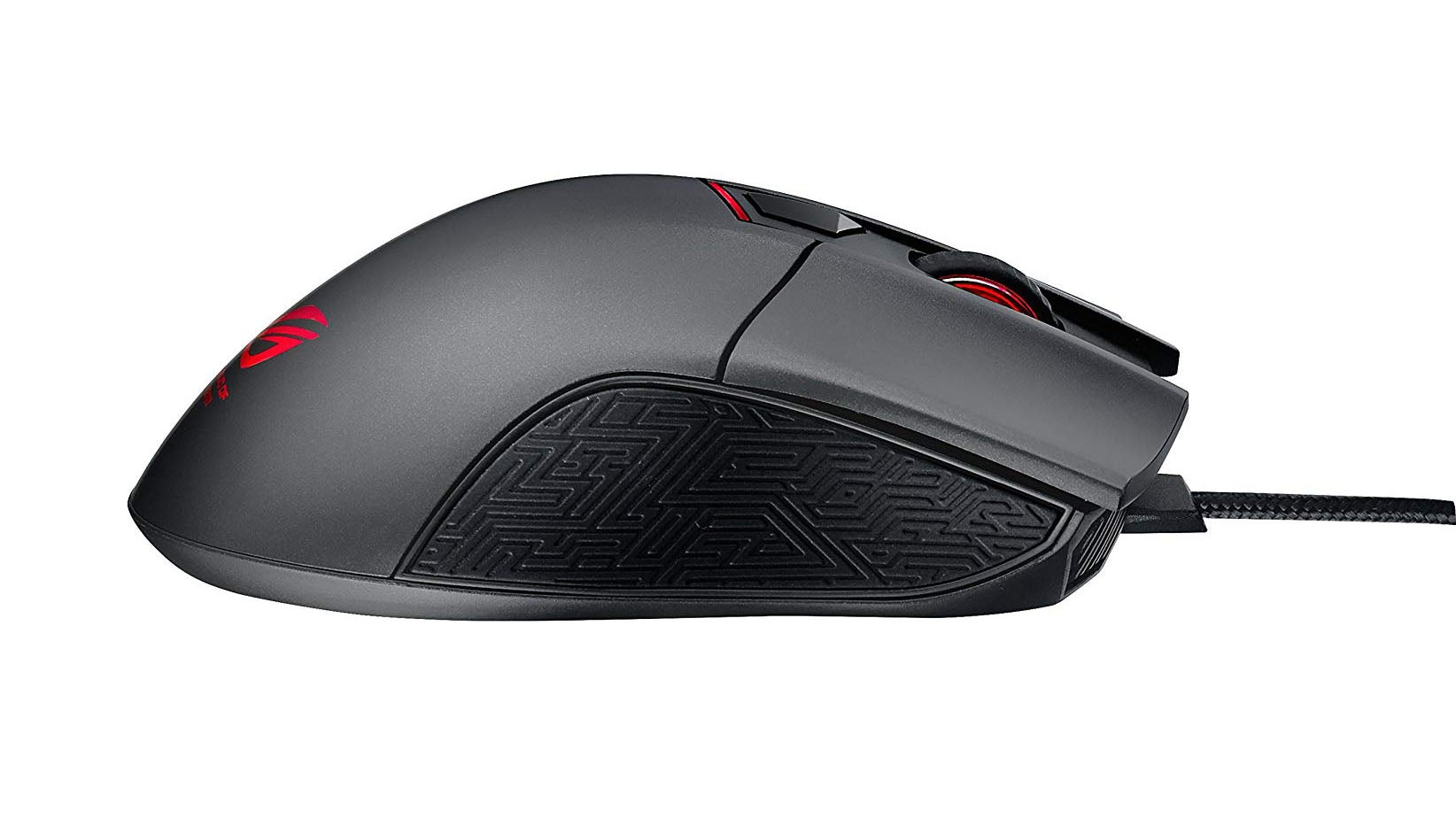
We’re not overly fond of the inwards-slanting angle; it leaves nowhere to let your thumb rest, so to avoid dragging it alongside the mouse you have to gently grip the mouse at all times. On the other side, happily, it’s the opposite: there’s the same textured rubber but it’s angled slightly outwards, giving your ring and little fingers a place to lay idly.
Still, that’s the only ergonomic issue worth mentioning. The ROG Gladius is largely a very comfortable mouse, its contours ideal for small and large hands alike. Both side buttons are always within easy reach, even if (like those of the Microsoft Classic Intellimouse) they’re a tad wobbly, and the scroll wheel has a lovely rubber finish with ridges for extra grip.
Also like the Classic Intellimouse, the wheel has sunk quite far into the mouse’s body, but it differs in that we never felt it was positioned too low down to operate without an awkward finger bend. There’s no free-wheeling setting, which could have been handy for blasting through a massive spreadsheet or long web page, but there’s very clear tactile feedback for normal scrolling.
READ NEXT: Best gaming mouse
Asus ROG Gladius review: Specs
Just below the scroll wheel is a dpi button, which instantly swaps the sensor between two sensitivities. By default, the sensor works at a sharp 1,600dpi, dropping to 400dpi with a press of the button, the idea being that, in games, you can hot-swap to a lower sensitivity to make more precise mouse movements than you could with a twitchier sensitivity.
That’s a perfectly legitimate use of the button, but we prefer to approach those sharpshooting moments with the same sensitivity as usual, to avoid throwing off muscle memory. There are non-gaming applications, too, such as if you wanted to make a very fine edit in Photoshop.
1,600dpi isn’t the ROG Gladius’s limit, however; in fact, it’s not even close. Through Asus’s Armoury software, you can manually set it up to 6,400dpi, or anything lower, as you get full control over both dpi settings, polling rate (up to 2,000MHz), and both acceleration and deceleration. You can even increase the click response time from its default 8ms up to 32ms, though the logic in doing so is questionable. We also found 6,400dpi far too high to use comfortably, even on higher-resolution displays, though this is of course personal preference.
READ NEXT: Best gaming chair
Asus ROG Gladius review: Features
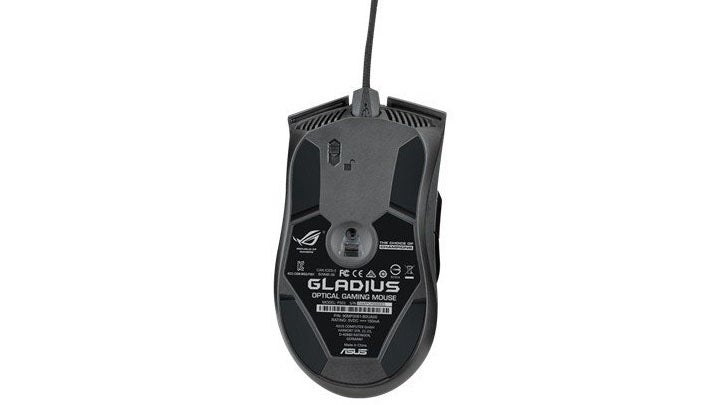
In keeping with the spirit of customisation shown by the ROG Strix Flare keyboard, Armoury also allows for full remapping of all the ROG Gladius’s buttons and scroll wheel inputs. If, for instance, you’re happy with your sensitivity, you can have the dpi button launch a favourite application or perform a Windows shortcut instead. Or you could record a macro combination and save it to one of your lesser-used buttons – perfect for streamlining processes that require a lot of clicks.
Armoury also contains options for configuring the ROG Gladius’s red lighting, and a tool for ‘calibrating’ the sensor to the surface you’re using it on. However, we didn’t notice a difference between its out-of-the-box accuracy and after calibrating it to our desk; both were fine. The lighting options are limited, too, as you can only really switch from a breathing effect to a static red, or turn off the lights altogether. There’s no RGB functionality, as there is on the Asus TUF Gaming M5 or Cooler Master MM830.
Nevertheless, customising the ROG Gladius doesn’t end at software and aesthetics. This is the first mouse we’ve seen that actively encourages you to open it up and replace the switches – as in, the central mechanisms for the right- and left-click buttons. All you have to do is peel off the stick-on feet, undo the screws beneath, remove the base of the mouse and you have access to the two switches, which effortlessly pop in and out of their sockets. You can then replace them with any switches from the Omron D2F and D2FC series, including a set of D2F-01F switches included in the box.
We were dubious as to how valuable a feature this would be, but swapping in the bundled switches gave each click a fuller, more solid feeling, which made the whole mouse a little bit more pleasurable to use. We can definitely see the appeal in being able to personalise how the ROG Gladius feels in the hand, not just how it looks or what its buttons do.
Asus ROG Gladius review: Verdict
There are even more little goodies in the box, too. A padded carrying case makes the ROG Gladius much more attractive as a travelling laptop peripheral, and if you find the 2m braided USB cable too long for such a use, it can be quickly detached and replaced with a shorter 1m cable, which is bundled in as well.
For just £30, the ROG Gladius is a great buy. Even if it’s lacking in certain higher-end features compared to the MM830, this is still a versatile mouse with an enviable arsenal of features and mostly spot-on ergonomics.

